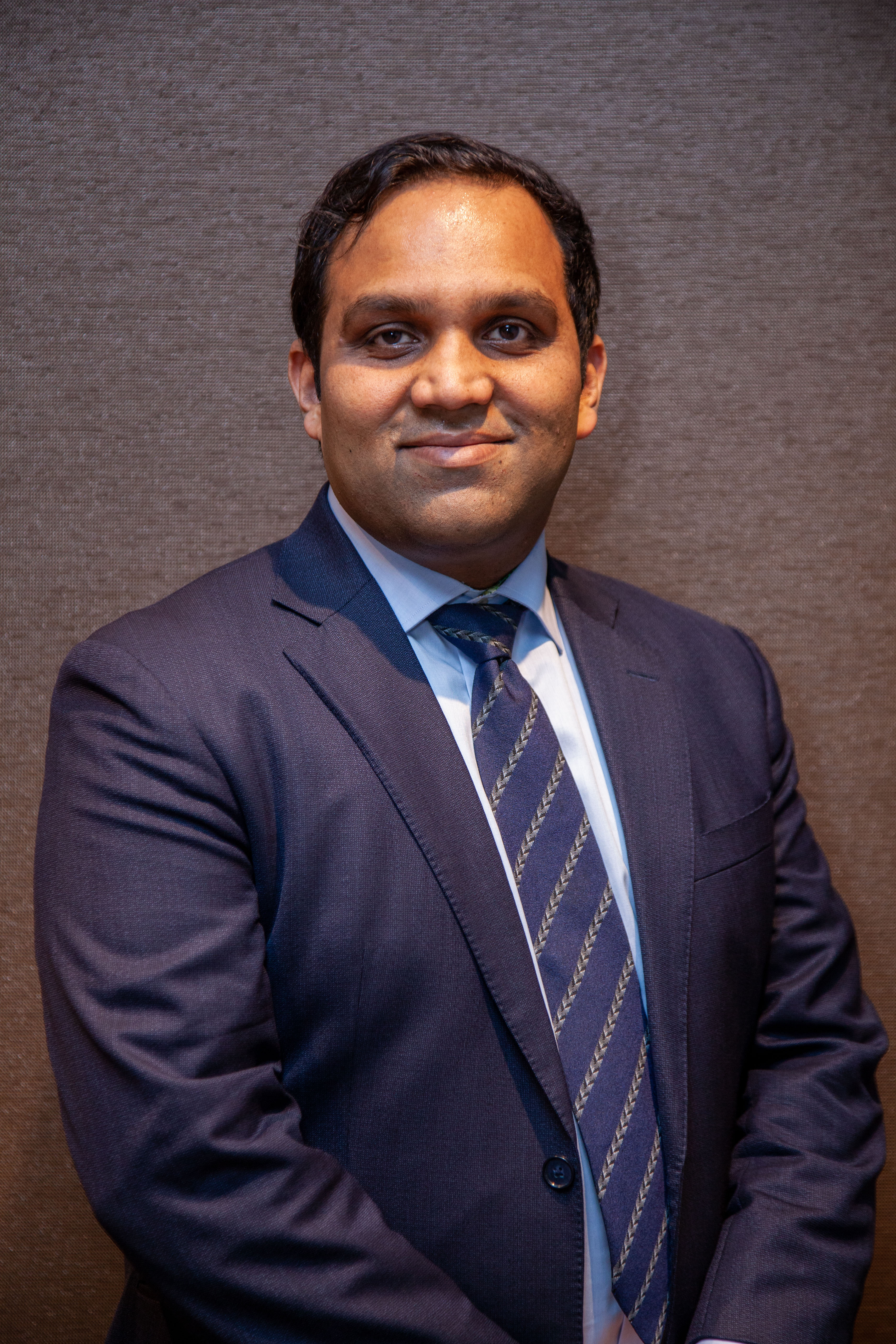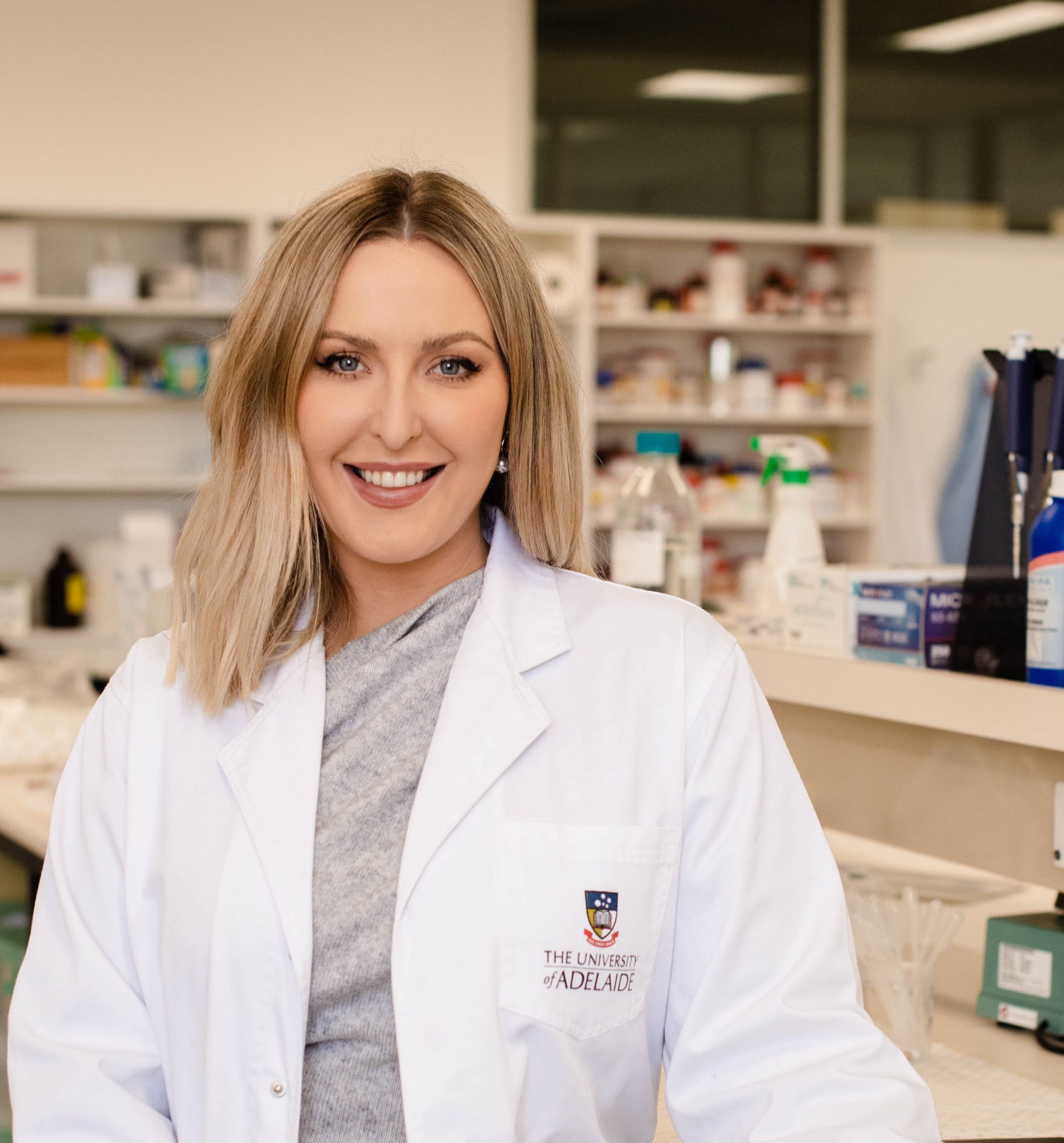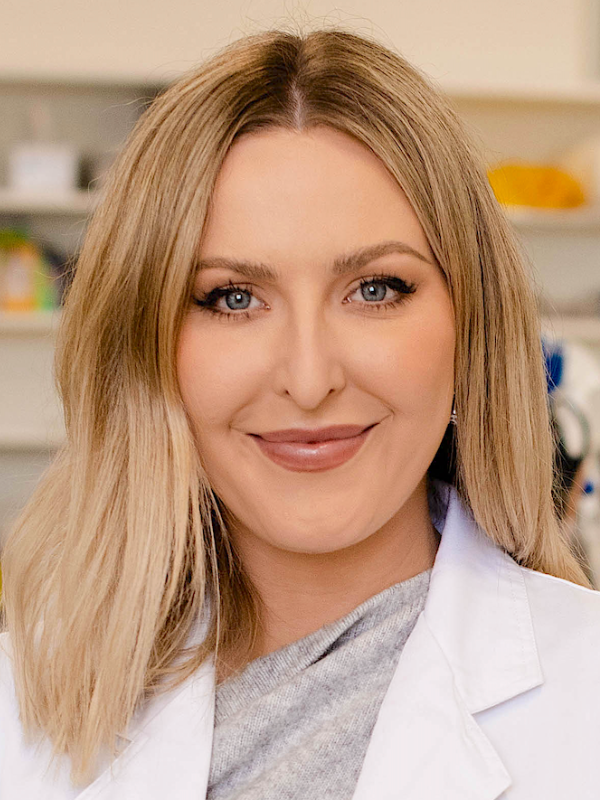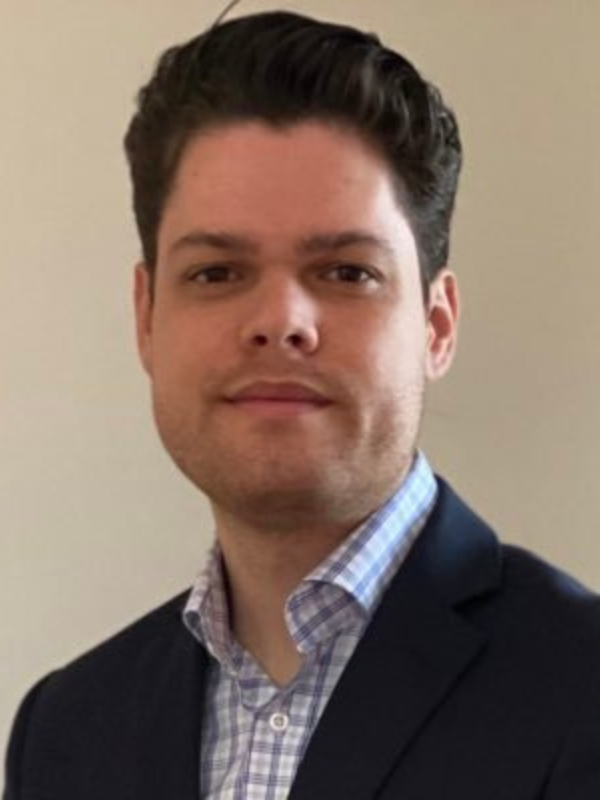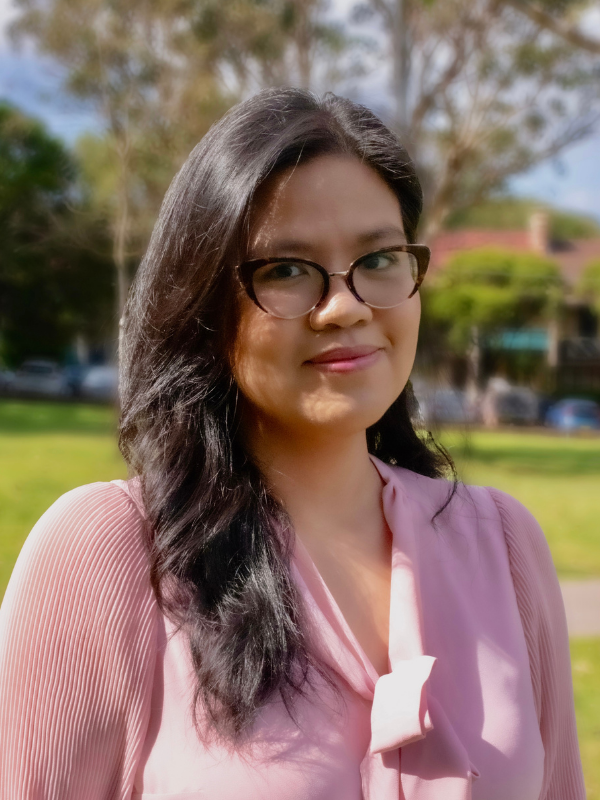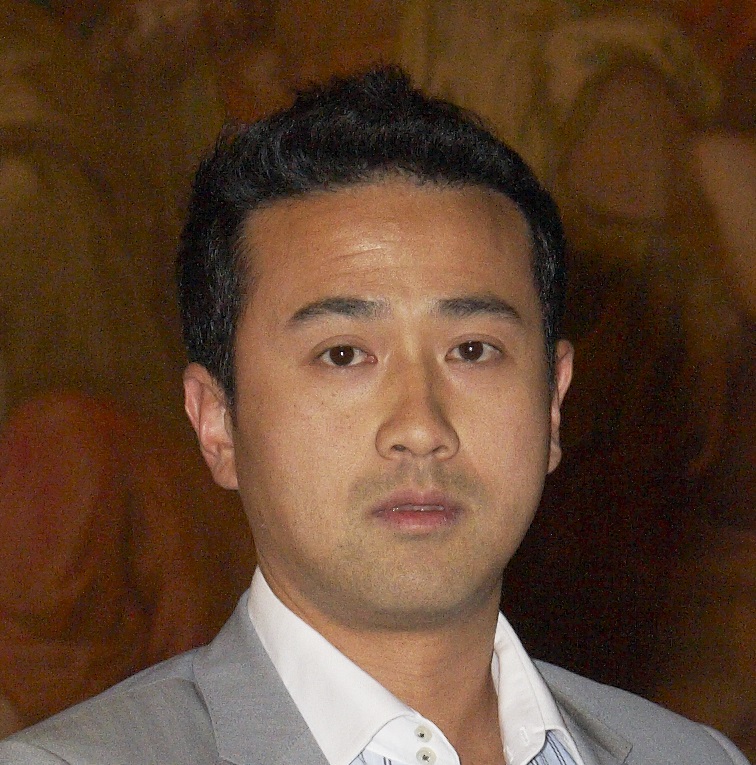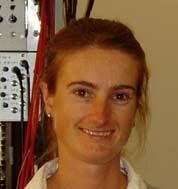
Search
23 Oct Neuromuscular Disease
...certain nerve disorders. As blood flow changes with inflammation, study of these changes may help improve our understanding of immune mediated demyelinating nerve disorders. The aim of this study is...21 Oct Elizabeth Penfold Simpson Award
...need for therapies that directly target the mechanisms of edema genesis. Neurogenic inflammation, mediated by substance P (SP) binding to the tachykinin NK1 receptor (NK1-r), is associated with blood-brain barrier...26 Oct Alzheimer’s Disease & other Dementias
...measuring brain activity. The project we propose has huge clinical implications for dementia prevention as tens of thousands of older adults undergo surgeries every year in Australia. If we can...11 Feb Stroke Award
Stroke Award funded by Frank & Morphyn Young Estate A population-based study of the relation between sub-clinical cerebrovascular disease and brain function in older Tasmanians. Dr Velandai Srikanth Menzies Centre,...12 Oct Cerebrovascular incl. Stroke, Aneurysms, AVM
...due to arterial occlusion, current treatment involves removing the blockage to rapidly re-establish blood flow to compromised brain tissue, however, this often paradoxically leads to ischaemia reperfusion (I/R) injury. I/R...12 Oct Migraine & Headache
...We would like to sincerely thank the scientific committee, sponsors and donors of the Brain Foundation for their support of this project. Click here to read Progress Report (November 2023)...01 Mar Partners
We would like to thank all the corporate partners and sponsors of both Brain Foundation and Migraine & Headache Australia. Thank you to our Google AD Grant and SEO Developer...26 Oct MND / ALS & other Neurodegenerative Diseases
...the Brain Foundation, we will explore the role of clinical, electrophysiological, biochemical, and imaging parameters in a longitudinal study of adult SMA and MND patients. This will involve assessing functional...11 Feb Stroke Award
Stroke Award funded by Frank & Morphyn Young Estate Does increased activity of the sodium/calcium exchanger (NCX) ion channel protect the brain from stroke? Associate Professor Neville Knuckey Sir Charles...11 Feb Spinal Cord Research Award
...the internal environment of the lung is essential for airway function and survival of terrestrial animals. Sensory neurons serve here as the input elements of a complex brain network, which...11 Feb Migraine Award
Migraine Award funded by Kathleen Toy Bequest To investigate the way painful sensations of migraine might be initiated from the brain. Dr G. A. Lambert and Dr A. S. Zagami...16 Jan Spinal Cord Injury Award
...disconnection of lower motor neurons from upper motor neurons. The project funded by the Brain Foundation will specifically investigate the neuroprotective benefits of short-term electrical nerve stimulation and resistance training...11 Dec Behcet’s Disease
...medications. Further Information Click here for the latest Australian research papers on Behcet’s Disease. National Institute of Neurological Disorders & Strokes (USA) ninds.nih.gov/Disorders/All-Disorders/Behcets-Disease-Information-Page Behcet’s Syndrome Society www.behcets.org.uk Read more at...11 Dec Meningococcal Disease
...or sharing drinks or food. There are two main forms of the disease: meningococcal meningitis, in which the membrane surrounding the brain and spinal cord is inflamed; meningococcal septicaemia, (the...27 Dec Cervical Dystonia
...a forced posture. In 2019 Dr Lin Zhang was the recipient of Brain Foundation grant funding for research into Cervical Dystonia– click for more. Read more at Virtual Medical Centre...10 Dec Leukodystrophy
Description ‘Leukodystrophy’ and the related term ‘leukoencephalopathy’ refer to a group of more than thirty-four conditions that affect the myelin, or white matter, of the brain and spinal cord. Leukodystrophies...10 Dec Intracranial Hypertension
Intracranial Hypertension Description Read more at Headache Australia (a division of Brain Foundation) Further Information and Support Click here for the latest Australian research papers on Intracranial Hypertension ...13 Feb Zombie Walks
Each year Zombie Walks are held in several cities and towns around Australia. In the past, the Brain Foundation has been chosen by organisers in Townsville, Canberra, Cairns and Perth...26 Apr Cluster Headache
Visit our Migraine & Headache Australia website for information about Cluster Headache. Migraine & Headache Australia is part of the Brain Foundation. On our Migraine & Headache Australia website you...26 Apr Tension Headache
Visit our Migraine & Headache Australia website for information about Tension Headache. Migraine & Headache Australia is part of Brain Foundation. On our Migraine & Headache Australia website you can...14 Jan Corticobasal Syndrome CBS Award
...is very difficult. Advanced brain imaging techniques utilizing magnetic resonance imaging (MRI) and positron emission tomography (PET) reveal some differences between these conditions in established cases, but it is...19 Jan Diabetic Neuropathy Award
...effects on nerve cell regeneration when injected into the brains of animals which have received an injury – this type of injury in the brain generally does not regenerate. We...11 Feb Tremor Award
...most common neurological disorders among adults affecting ~4% of individuals over the age of 40 yrs. Approximately 60% of sufferers are unemployed due to disabling shaking. Tremor is characterised by...19 Jan McArdle Disease Award
...which closely mimics the human disease. Our collaborative project will test delivering the missing enzyme to McArdle Disease mice using an adeno-associated virus (or delivering the fetal (brain) version of...
 The Brain Foundation is the largest, independent funder of brain and spinal injury research in Australia. We believe research is the pathway to recovery.
The Brain Foundation is the largest, independent funder of brain and spinal injury research in Australia. We believe research is the pathway to recovery.PLEASE HELP US BY DONATING TO OUR RESEARCH PROGRAM.
